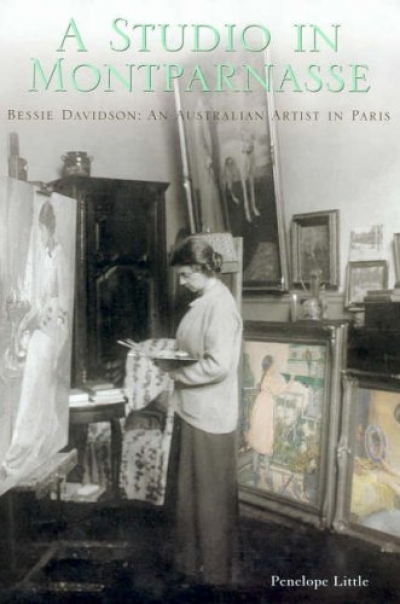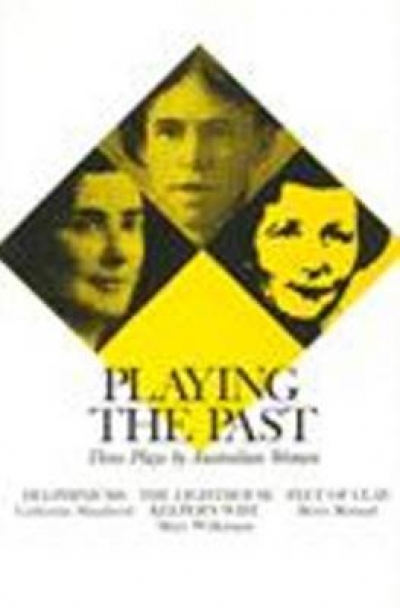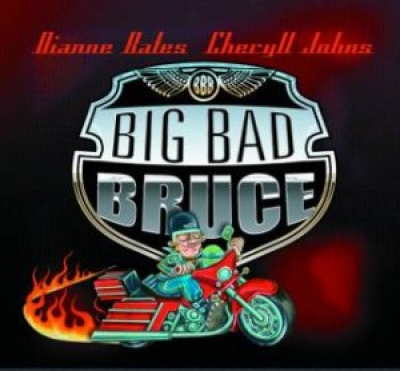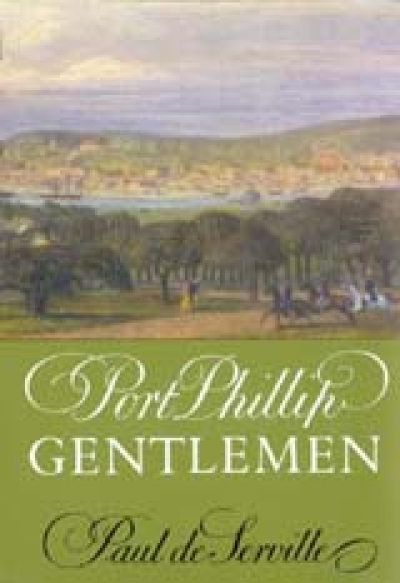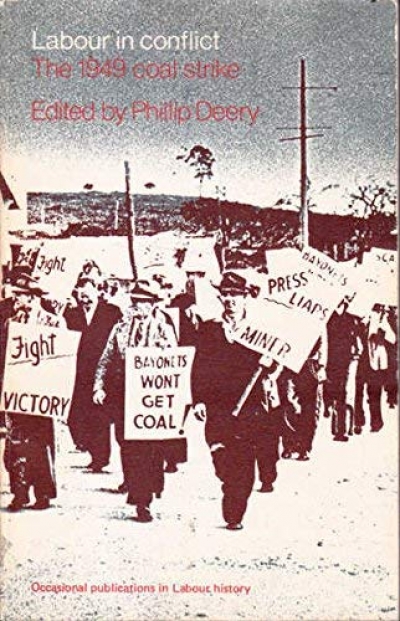Accessibility Tools
- Content scaling 100%
- Font size 100%
- Line height 100%
- Letter spacing 100%
Archive
The ABR Podcast
Released every Thursday, the ABR podcast features our finest reviews, poetry, fiction, interviews, and commentary.
Subscribe via iTunes, Stitcher, Google, or Spotify, or search for ‘The ABR Podcast’ on your favourite podcast app.
‘Where is Nancy?’ Paradoxes in the pursuit of freedom
by Marilyn Lake
This week on The ABR Podcast, Marilyn Lake reviews The Art of Power: My story as America’s first woman Speaker of the House by Nancy Pelosi. The Art of Power, explains Lake, tells how Pelosi, ‘a mother of five and a housewife from California’, became the first woman Speaker of the United States House of Representatives. Marilyn Lake is a Professorial Fellow at the University of Melbourne. Listen to Marilyn Lake’s ‘Where is Nancy?’ Paradoxes in the pursuit of freedom’, published in the November issue of ABR.
Recent episodes:
One of the pleasures of sitting down to read a number of Young Adult books in quick succession is that of being catapulted into a world of such passionate intensity: a world of strong colours and energy, where boundary testing, self-consciousness and questioning are the norm; in which a character’s search for personal integrity often puts him or her at odds with a community seeking conformity, and all this struggle played out against the richness and stresses of family life. Quite heady stuff. It can also be illuminating, as much for the adult reader as for the young. Maybe warring parents and their children should be persuaded to read and discuss some of these books. The experience could be enjoyable and eye-opening for both parties.
... (read more)A Studio in Montparnasse: Bessie Davidson, an Australian artist in Paris by Penelope Little
Dear editor, I have often wished that more of the letters to the editor would comprise interesting debate or comment on literary matters. Sadly, about ninety-five percent of them are responses by furious authors to what they perceive as an unfavourable review of their book. While boring, such letters are at least understandable as being the output of wounded childish egos. Not understandable, and in fact unethical and unforgiveable, are attacks by publishers on reviewers, such as happened a while back when Fremantle Arts Centre Press rushed into prolonged print via your letters to criticise Dr Ivor Indyk for having unfavourably reviewed one of the many collections of verse by John Kinsella which Fremantle has pumped out over the last few years.
... (read more)

